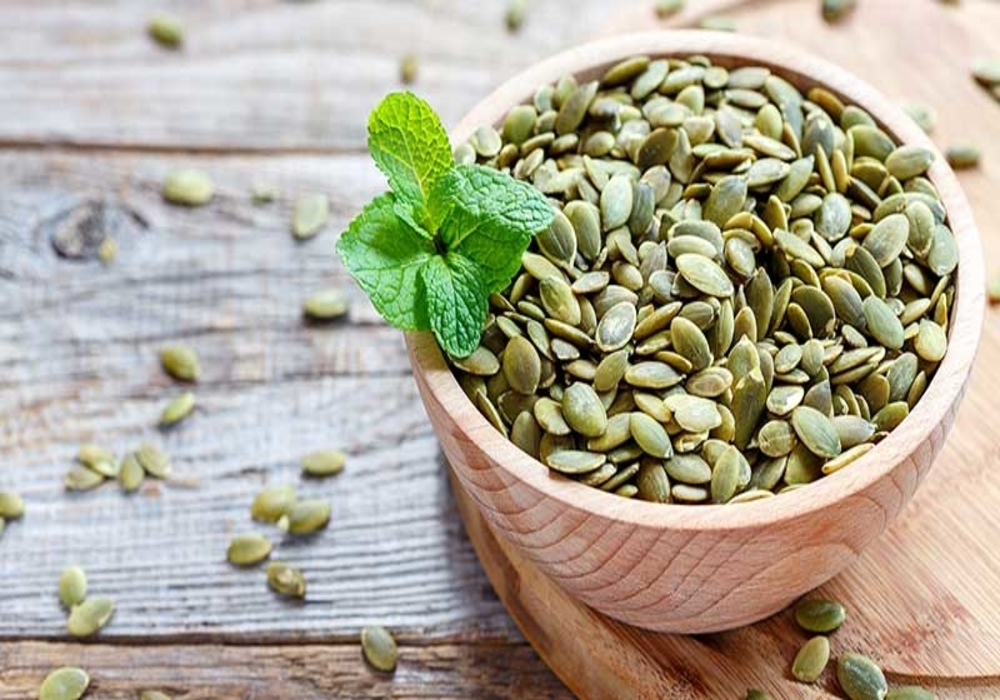2022: The Year of the Climb
If 2020 and 2021 were the years that emphasized uncertainty, 2022 will be the year the foodservice industry focuses on new, ingenious solutions to head off challenges on multiple fronts. As operators across channels essentially do more with fewer resources, they’ll seek out strategies and partnerships that will help them innovate around menu shortages, labor constraints and the ever-shifting expectations and needs of the consumer.
What are some of the trends on the horizon for 2022, from the state of the industry and operations to menu optimization and enhancing the guest experience? Read on as we forecast the big picture.

Looking ahead to 2022, Technomic projects that industry recovery will continue. The first quarter of 2022 will reveal a particularly strong year-over-year performance from 2021, when the industry was still in the throes of the pandemic and its impact.
The good news is that, on a nominal basis, the industry will surpass its 2019 sales level, with a 10.4% increase in sales forecasted for 2022. It should be noted, however, that menu price inflation has driven and will drive a significant portion of sales growth in 2021 and 2022, respectively. From a segment perspective, senior living facilities, supermarket foodservice and limited service restaurants will continue to fuel this upsurge, while the full service segment will take a slower road to resurgence due to a plethora of issues, including the soft performance of business and leisure travel.
Next year, the top priority for operators will be to offset the primary pain points related to prices, labor and product availability.
Persistent supply chain woes will force operators to innovate with unique and varied preparations of ingredients already on hand, allowing for expanded menus without adding new SKUs.
Picture operators roasting or grilling items that are typically served raw for new textures, blistering or aging fare for added flavour dimensions, and pickling, jamming or fermenting ingredients to extend their shelf life and bring forth new taste experiences.
Why reserve buttermilk-braising solely for chicken? Why only serve radishes and lettuce raw? The sky’s the limit for showcasing nontraditional ingredient preparations in the coming year.
The desperate scramble for adequate staffing has led restaurants to address recruitment and retention challenges with new and creative strategies designed to improve the image of restaurants as desirable places to work.
The next year will bring a surge in the number of restaurant companies hosting virtual hiring events, upping hourly wages systemwide, offering referral and signing bonuses, and healthcare benefits, dropping educational requirements for managerial roles and providing emergency child care, all in an effort to snag workers from the retail sector, gig jobs and other highly competitive channels
The pandemic has opened the door to new and unexpected types of protein penetrating menus. For operators, expanding protein options helps address supply chain shortages and rising product costs. For consumers, protein is prominent in both trendy diets and comfort fare and is often significant to the value equation. Expect further exploration into plant-based fish and seafood, bacon, milks and more, as well as a greater emphasis on nuts and seeds and the global cuisines that prominently feature these items, such as Mesoamerican, Western African and Western Asian.
Operators will implement protein swaps to either highlight affordable yet flavourful cost-savers, such as replacing chicken breasts and wings with thighs, or to simply excite diners, such as fish or seafood meatballs and ragu, chicken-based osso buco and chicken fried vegetables and waffles.
In any normal year, the foodservice consumer is a fast-moving target. But in this not-yet-post-pandemic world, consumers’ evolving behaviours will be more challenging than ever for operators to meet.
While consumers are currently upping their spending in restaurants and enjoying a return to the onsite experience, a surge in new delta variant cases illuminates how fickle consumers’ comfort levels are, requiring operators to be nimble in their service approach. The ongoing dual need for comfort and experience will have a clear and direct impact on how restaurant companies forge ahead in their operations.
Restaurants will have to grapple with how to balance the desire for interactive, fun, communal experiences on-premise while continuing to emphasize delivery, takeout-only formats and other off-premise services that strengthen consumers’ comfort and safety perceptions.
The foodservice industry has been buzzing about the promising future of robotics for years, but will 2022 be the year that automation becomes more mainstream? Some signs are pointing in that direction, as kitchen robots are now poised to both revolutionize service models and increasingly ease the burdens of the labor shortage.
Robotic solutions will more widely emerge as worthy back-of-house investments, for everything from food prep to cleaning floors and equipment. For front of house, more tech companies will roll out smart robots that are equipped
to function for table service, filling the gap that restaurants currently have for experienced waitstaff.
Look for top quickservice chains to lead the way for the automation trend in 2022; automated voice ordering and robotic drive-thru service have been recently put into play at select McDonald’s, Domino’s and KFC locations.
Salt is the new fat—an indulgent flavour enhancer sought after for its craveable comfort capabilities. As the trend of comfort-plus expands, operators will increasingly look to salt and salty flavours to enrich their menus.
Finding momentum are naturally salty ingredients, such as purslane or seaweeds; salt cured meats and fish (also a preservation technique); salt-forward sauces, condiments and spice blends, including gomashio and koshos; and cocktails incorporating salt water and other salted ingredients. And some of these naturally salty ingredients are creatively subbing for table salt on menus, such as cocktail glasses rimmed with Tajin or togarashi spice blends or fries seasoned with furikake or za’atar
Written by Lizzy Freier, Director, Menu Research & Insights and Aimee Harvey, Senior Managing Editor, Technomic.

